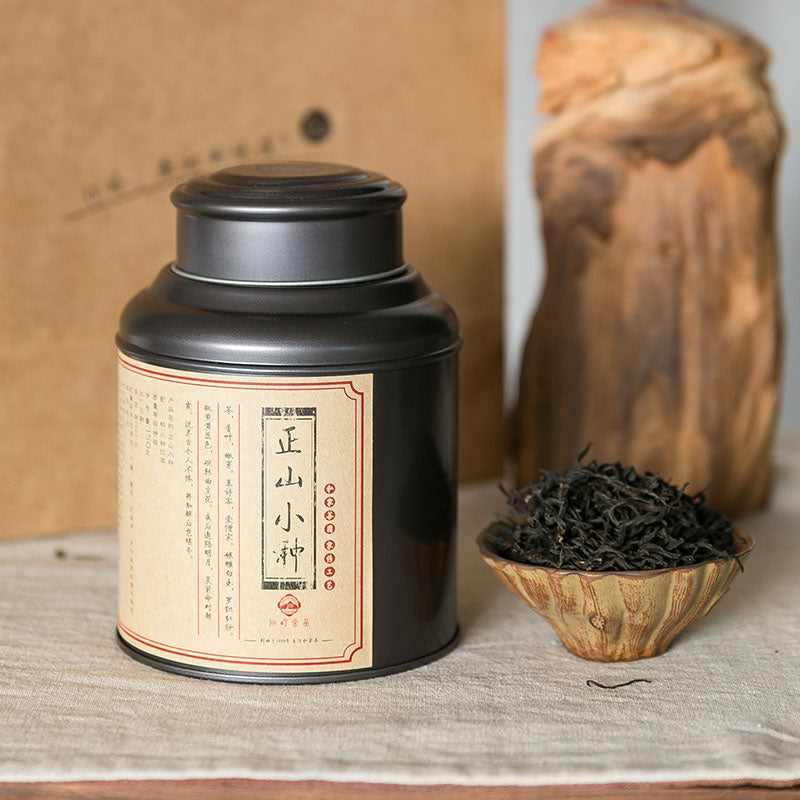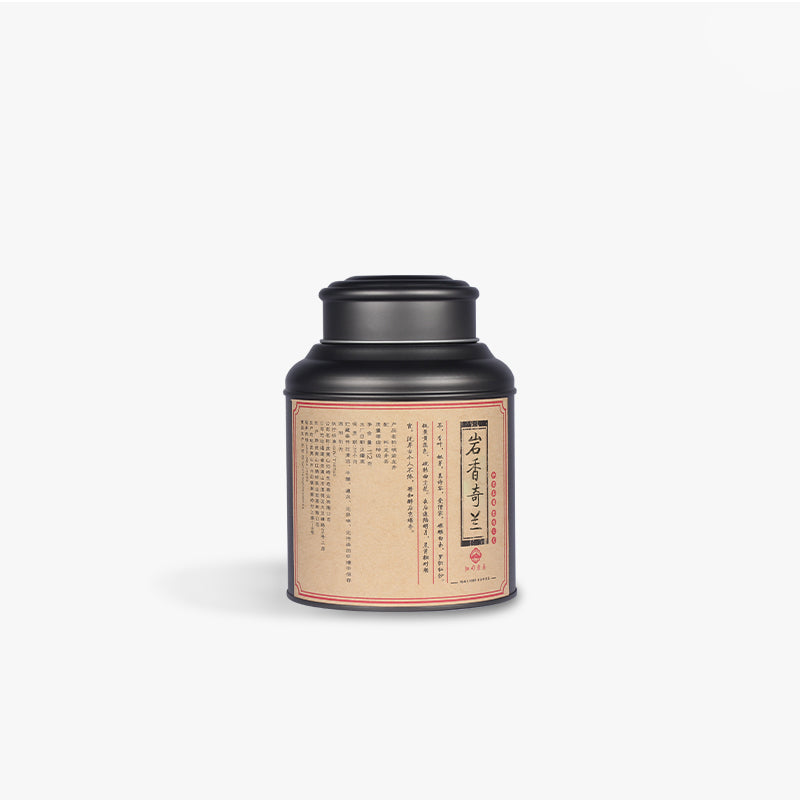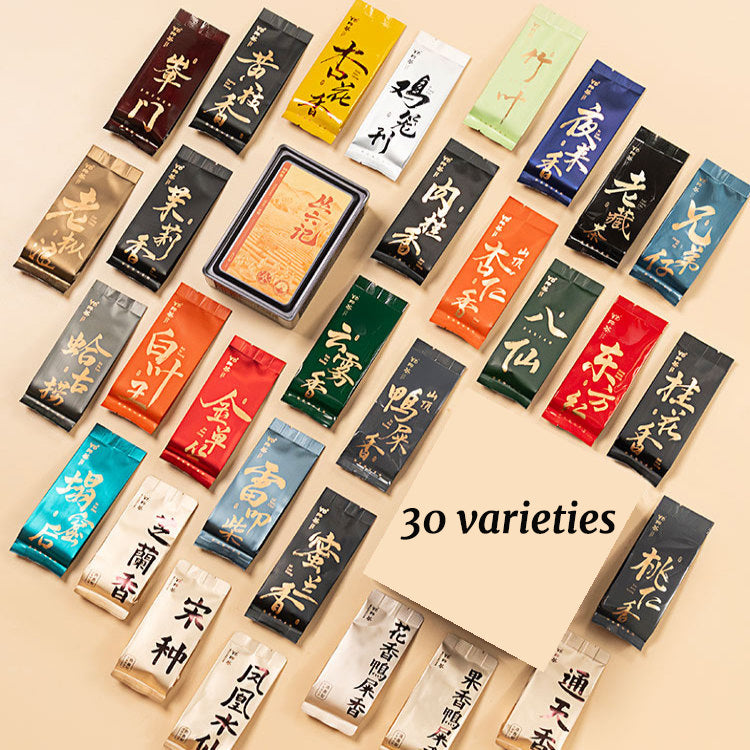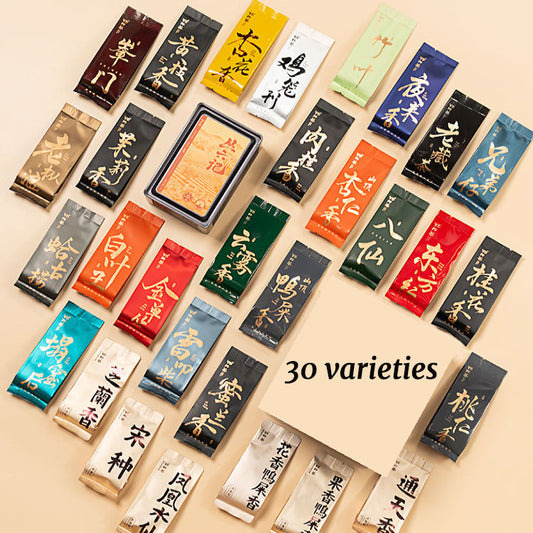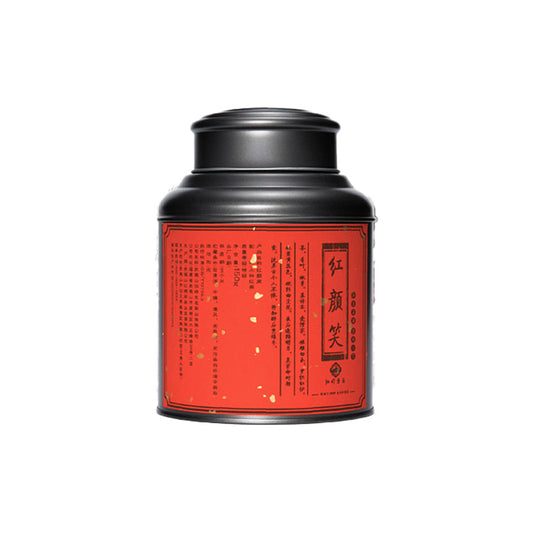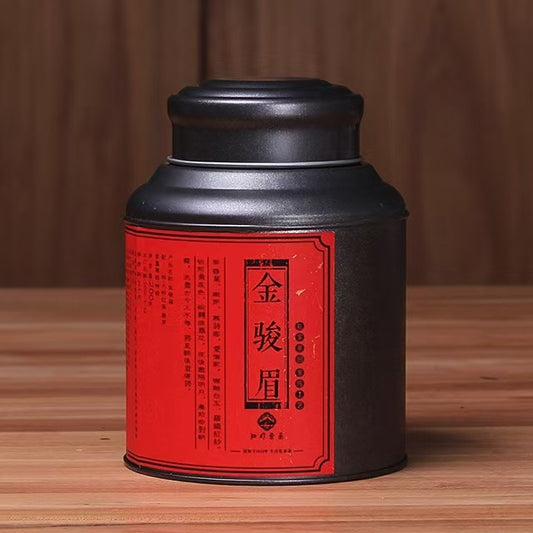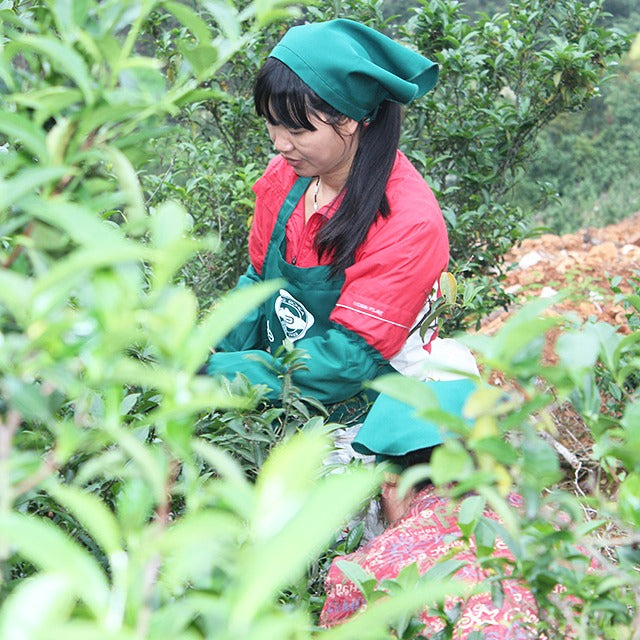Understanding the Shelf Life of Loose Leaf Tea
Understanding the Shelf Life of Loose Leaf Tea
When it comes to loose leaf tea, there's a sense of wonder in exploring its varieties and savoring its unique flavors. But for those of us who find ourselves captivated by the depth of this ancient beverage, a question often lingers: how long will our beloved leaves retain their essence?
The shelf life of loose leaf tea is influenced by several factors, including the type of tea, its storage conditions, and whether it has been stored in a way that honors its origins. For tea lovers in the United States and Europe, understanding these elements can deepen the journey into the world of tea.
Different types of tea age in their own distinct ways. Black tea, for instance, is generally more robust and can last longer—often for a year or two when stored properly. White and green teas, with their more delicate leaves, tend to have a shorter window of peak freshness, best consumed within six months to a year. Oolong finds itself somewhere in the middle, its partial oxidation offering a balance between longevity and flavor preservation. Pu-erh tea, however, stands apart, thriving on time. Like fine wine, certain pu-erhs improve with age, their complex flavors developing over decades.
The way we store loose leaf tea plays a critical role in maintaining its quality. Exposure to light, air, moisture, and odors are the natural enemies of tea leaves. A cool, dark, and dry environment is ideal, preferably in an airtight container. Consider the traditions from where your tea originates. A Yunnanese tea master might wrap pu-erh cakes in breathable paper to allow for careful aging, emphasizing a relationship with time rather than isolation from it. It's a gentle reminder that even how we store our tea can connect us to a broader cultural practice.
Then there's the brewing method. Each time you brew a pot of loose leaf tea, you're not just creating a drink; you're unlocking flavors and aromas that have traveled from far lands to your cup. Freshness may influence this, but it's curiosity and intention that shape your experience. A slightly older green tea may not have the vibrancy of a newly picked leaf, but with the correct water temperature and attention, it can still offer a satisfying drink.
Loose leaf tea offers more than just a beverage; it's a reminder of shared traditions, a journey of discovery, and an invitation to savor the present moment. As you explore the shelf life of your teas, allow yourself to experience each cup as it is, appreciating the beauty in both its freshness and its passage through time. After all, tea isn't just about drinking—it's about being.

